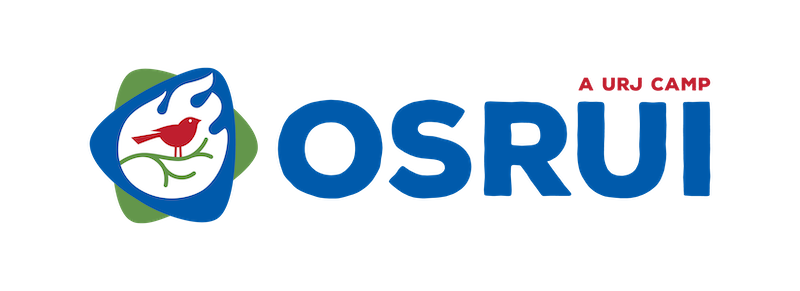By Rabbi Amy L. Memis-Foler, Temple Judea Mizpah , Skokie, IL, Moshavah Segel
Why don’t we just throw away some of these books when they are no longer fit for use?
Yesterday we brought our Moshavah campers to OSRUI’s genizah to bury books and other sacred items that might otherwise have gone into the garbage–had they been just ordinary things. Judaism teaches us that when sacred books such as siddurim or sacred objects like tallitot become no longer fit for use, they should be buried. Until they are buried they are often kept in a place called a genizah, which means hiding of storing. At OSRUI the word genizah has also become synonymous with that place in which we bury the books.
OSRUI has a longtime tradition of “opening the genizah” for Tisha B’Av (the 9th Day of the Hebrew month of Av), which commemorates the destruction of the First and Second Temples in Jerusalem. The “opening” means that a new hole is dug in a specially marked off area next to the camp’s oldest Beit T’filah. Congregations from around our region send sacred books and objects to camp to be buried, as well as those used at camp. Campers, counselors and faculty alike go to the genizah and place an item in this burial spot. After all of camp has made the visit and the books and sacred items are therein, we “close” the genizah by putting shovelfuls of earth on top until everything is covered.
What might seem sad was actually very meaningful. Two campers had placed half a scroll in the genizah, another camper put in a tallit katan (a small prayer shawl traditionally worn under one’s clothing), which was in really bad shape. Historically, Jewish enemies have taken our sacred spaces and texts and destroyed them, as we remember on Tisha B’Av. By burying the siddurim, tallitot, scrolls, etc. we, as Jews, are defying this destruction by showing great respect for the texts and objects that have shaped our heritage.
